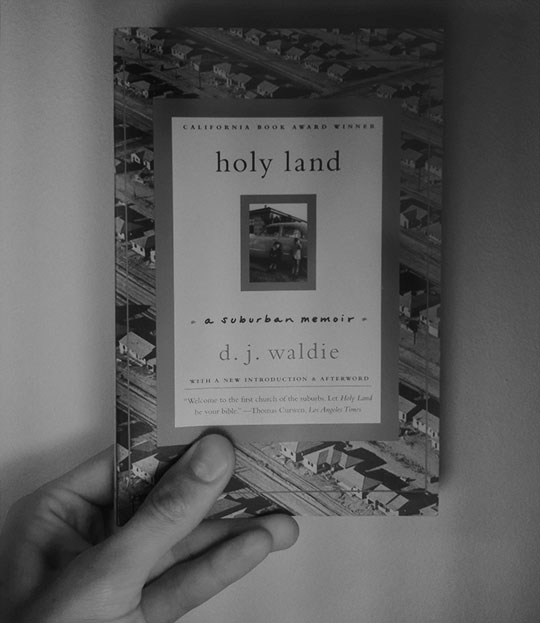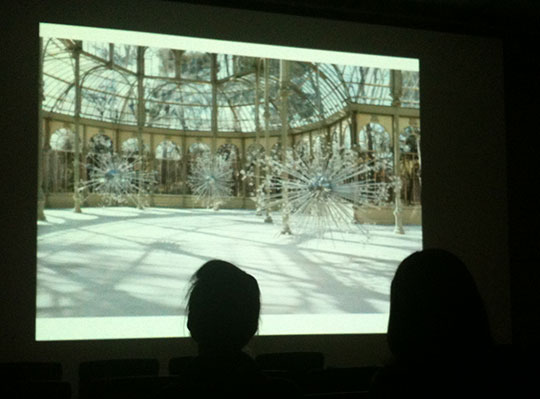
My brother was in town a few weeks ago and we stopped by the Hammer to check out the work by Chen Qiulin. Chen’s work is obliquely documentary; recording some of the now-submerged cities and valleys of Sichuan, China through video of narratives enacted on the condemned landscapes.
Of primary interest to me in Chen’s work is how she presents the landscape as defining the events within it. Collapsing industrial buildings tower over people, shaping the actions they may take. It seems as if all they can do is wander through the landscape, searching for each other, searching for meaning in their actions. Indeed, they can do nothing to shape the land around them, or to prevent its disappearance. And we can only watch as they progress down a linear path.
I wonder how software and installation can be used to represent landscapes as charged as these, how they can engage viewers in ritual similar to those enacted by the actors/demonstrators in Qiulin’s work. Can we guide people through the environment as effectively as the bride and groom in Qiulin’s videos? Perhaps we need some sense of inevitability in our work; to see an the next step coming, even as we aren’t sure of what it is.
In Qiulin’s video, we follow the actors as they walk the path of their fate. In games, we may need a guide to help us, perhaps we are one of the many men carrying peonies to the lake, and so instinctively stay with the group. In an environment, we can limit pathways, like presenting viewers with a staircase leading up to an unknown plane. At what point do these constraints become meaningful, and how do they shape the narrative for the viewer?
This issue of imbuing work with substantive meaning or context is one I will be tackling in future writings. Simply using a dataset to create an image does not make the image about that data. A higher level of transformation is occurring in successful work, a level which I am trying to reach in my own practice.






